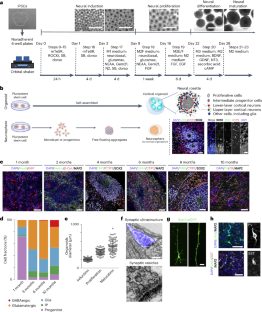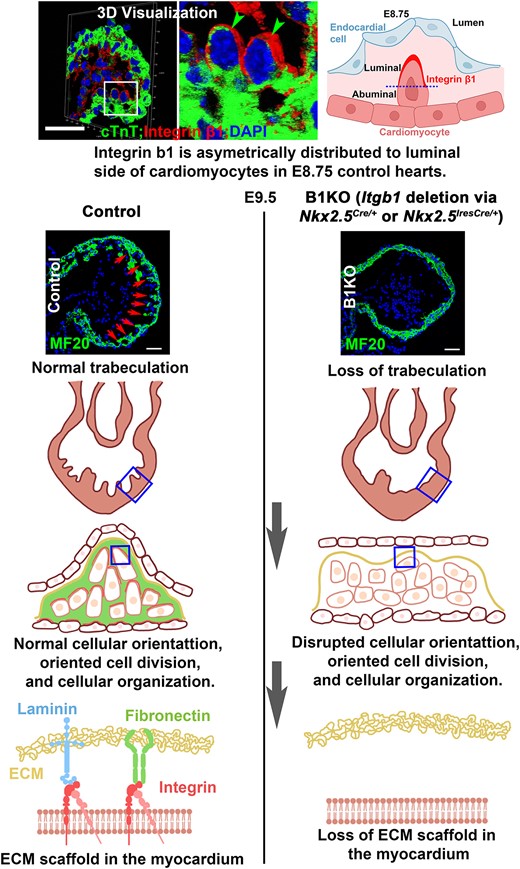2024-06-10 カリフォルニア大学サンディエゴ校(UCSD)
<関連情報>
- https://today.ucsd.edu/story/unregulated-sales-of-a-toxic-and-hallucinogenic-mushroom-endanger-public-health
- https://www.ajpmonline.org/article/S0749-3797(24)00163-6/fulltext
キノコの無秩序な販売に対する公衆衛生上の対応の必要性 Need for a Public Health Response to the Unregulated Sales of Amanita muscaria Mushrooms
Eric C. Leas, PhD, MPH ;Nora Satybaldiyeva, MPH;Wayne Kepner, MPH;…,Raquel M. Harati, MPH;Jamie Corroon, ND, MPH;Matthieu Rouffet, PhD
American Journal of Preventive Medicine Published:June 10, 2024
DOI:https://doi.org/10.1016/j.amepre.2024.05.006
INTRODUCTION
Interest in psilocybin-containing mushrooms is increasing in the U.S., with 12.3% of U.S. adults reporting use of psilocybin-containing mushrooms in 2022, up significantly from 11.4% in 2021.1This makes psilocybin-containing mushrooms the most commonly used hallucinogenic substance. This growing interest in psilocybin-containing mushrooms has also sparked a new commercial market for other types of mushrooms. Some of these mushrooms have potent pharmacological properties including Amanita muscaria mushrooms (Figure 1), which contain the compounds muscimol and its biosynthetic precursor, ibotenic acid. Muscimol is psychotropic (i.e., can produce acute changes in perception, mood, cognition, and behavior), while ibotenic acid is not. Both compounds are also highly toxic and can be fatal at high enough doses. However, unlike psilocybin-containing mushrooms, neither Amanita muscaria, muscimol, nor ibotenic acid are scheduled under the 1970 U.S. Controlled Substance Act or comparable international laws in most countries. Herein the history, present availability, safety, and legal status of Amanita muscaria are discussed and a case for improved regulation is made in light of serious safety concerns.

Figure 1The Amanita muscaria mushroom.


